|
In 1946 post war production got underway
with the introduction of a single-deck 'Arab' and the
reintroduction of the pre-war version of the 'Arab' double
decker. On the commercial side, the company re-launched the
'Vixen' as a 4 tonner, incorporating a number of improvements
based on work carried out during the war. Also in 1946 Guy
introduced the new 2 to 3 ton 'Wolf'. The 'Wolf' had normal
control, and could carry a 20 seater body. The 'Vixen' had
forward control, and could carry a 30 seater body. The models
had a new radiator grille with a central vertical strip.
In 1947 Guy trolley buses reappeared, as
did the 'Otter' in 1948 as a 5 to 6 tonner. The 'Vixen', 'Wolf',
and 'Otter' were all available with left-hand drive, in response
to the ever-growing export market. During the same year Guy
acquired Sunbeam Commercial Vehicles Limited from Brockhouse,
which had owned Sunbeam for 2 years. From then-on All Guy
trolleybuses carried the Sunbeam name. |
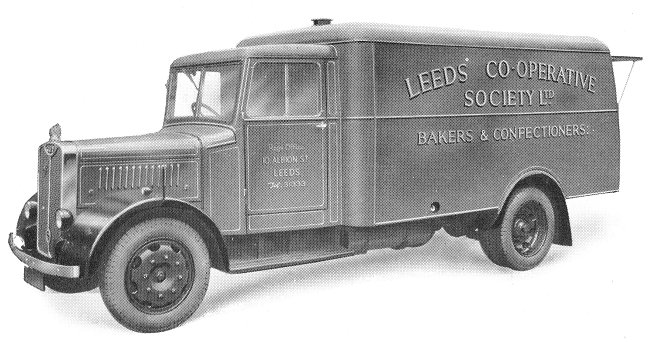
A 'Wolf' 2 to 3 tonner.
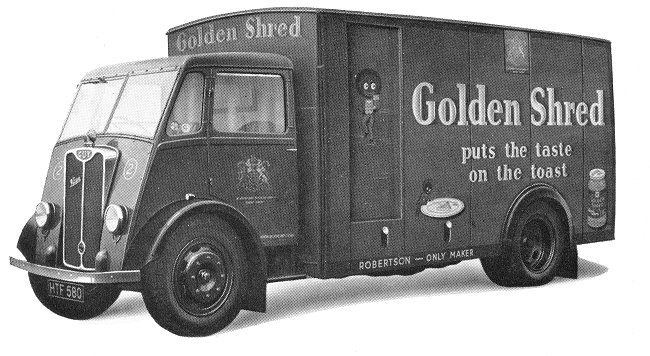
A 'Vixen' 4 tonner.
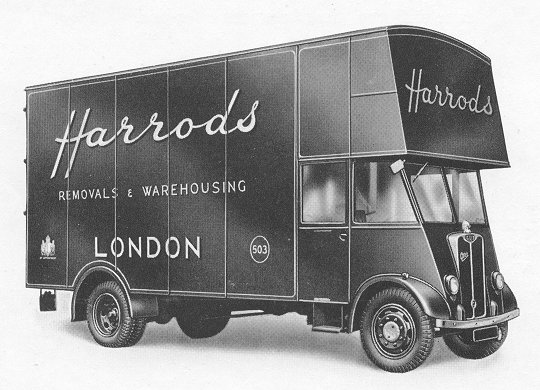
Another 'Vixen' 4 tonner.
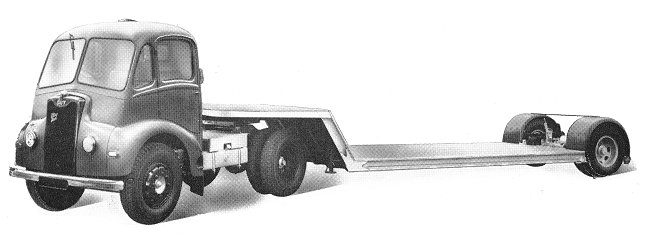
An 'Otter' tractor used in Kenya.
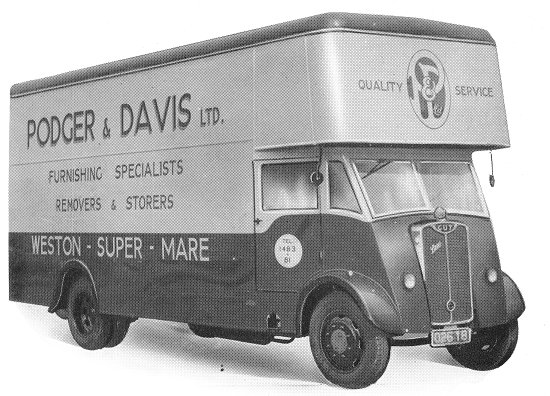
A 'Vixen' 4 tonner.
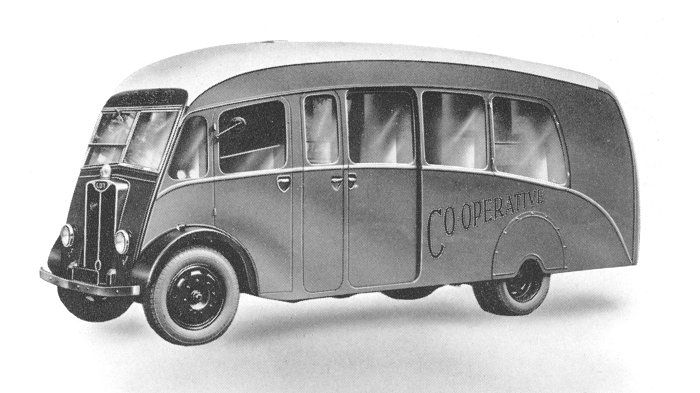
A 'Vixen' travelling shop.

A 'Vixen' 4 tonner.
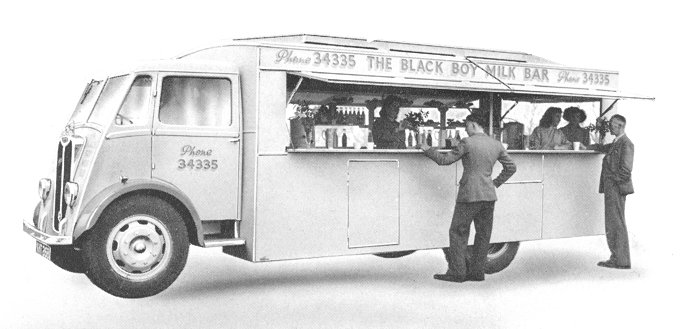
A 'Vixen' travelling milk bar.
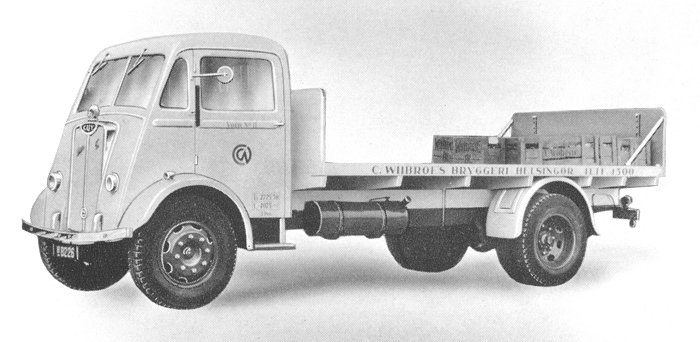
A 'Vixen' 4 tonner used in Denmark.
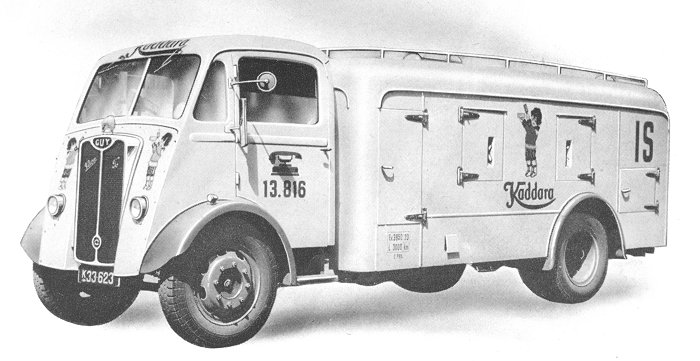
A 'Vixen' 4 tonner refrigerator
van.
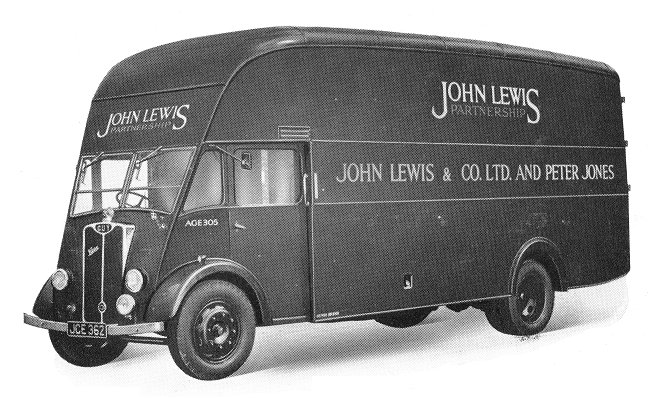
Another 'Vixen' 4 tonner.
| |
|
Read about the 'Vixen' 4 tonner,
and the 'Vixen'
tower wagon |
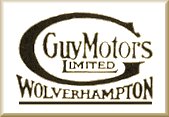 |
| |
|

A 'Wolf' 2 to 3 tonner.

A 'Wolf' diesel 2 to 3 tonner.
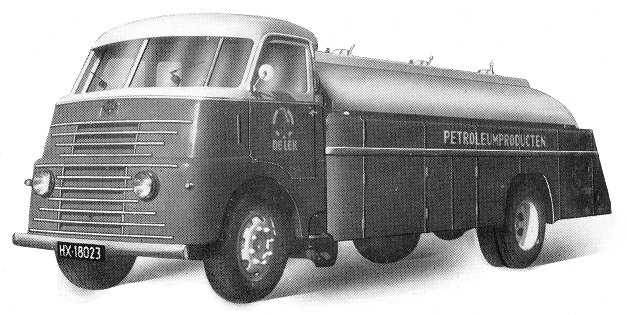
An 'Otter' tanker used in Holland.
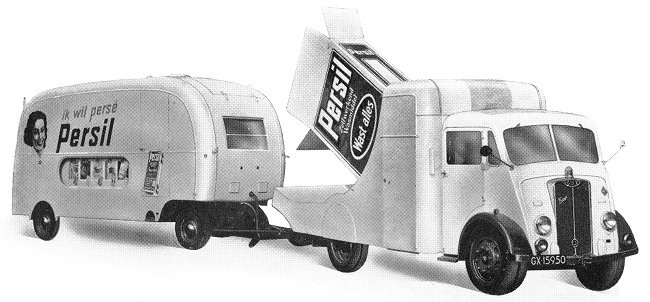
A 'Vixen' and trailer used in Holland.
|
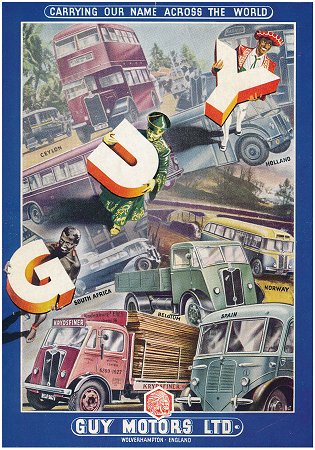
An advert from 1949. |
|
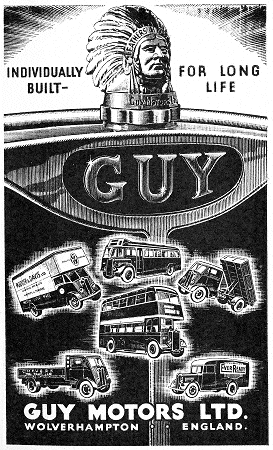
An advert from 1951. |
|
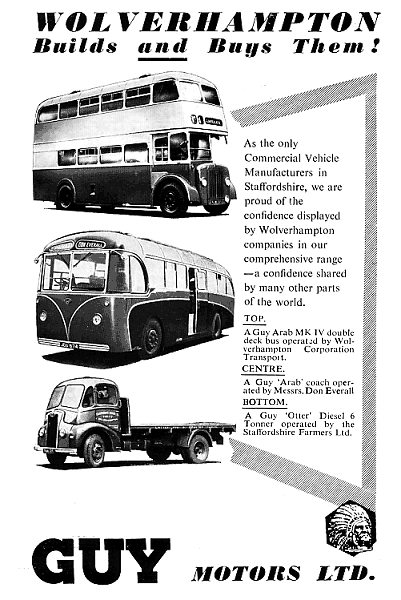
An advert from 1956. |
In 1950 the post-war diesel-powered 'Otter'
appeared, mainly because the economy of diesel was now fully
appreciated.
Two years later the Perkins P4 diesel engine was
used in the 'Wolf' and 'Vixen' chassis, and a new handsome and
roomy all-steel cab was designed for the 'Otter', with the
advantage of easy disassembly for repair, and reassembly
overseas.
The 'Otter' Mk II appeared in 1953 with an all-steel
cab. Guy also built a few 'Big Otter' diesel trucks with a
maximum payload of 7½ tons, powered by a 5½ litre Meadows
engine.
There were trucks, tippers, and tractor units produced, and a short wheelbase version of the 'Otter' was developed for
British Road Services, after receiving an order for 400.
Also in
1953 all trolleybus production moved to Park Lane where an
extension was built to the factory. |
|
| Read about the 'Otter'
7 ton chassis, and the 8 to 10 ton tractor unit |
 |
|
Another chassis produced in the 1950s was the middleweight 'Warrior', a
reliable, and economical vehicle.
| Read about the 8 and 10
ton 'Warrior'
chassis |
 |
| |
|
|
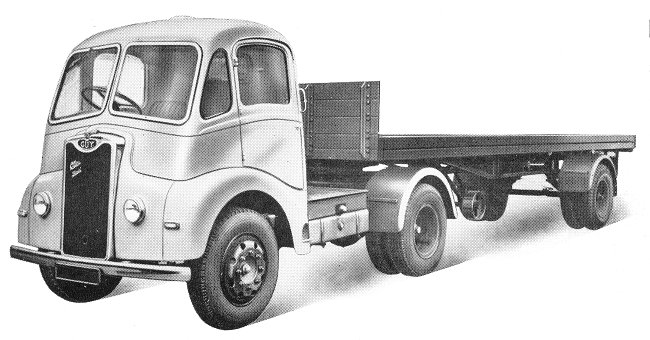
An 'Otter' 8 to 10 ton tractor unit supplied to British Road Services.
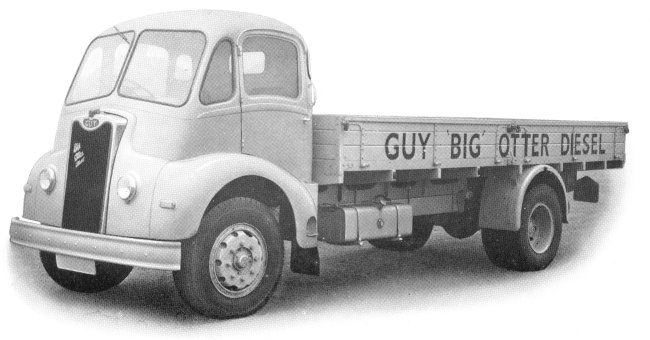
A 'Big Otter' 7½ tonner.
| Read about the
'Goliath' 4 and 6 wheelers. |
 |
|
A new range of heavy duty 'Goliath' models was introduced in
1954. The vehicles had a capacity of 14 to 24 tons, and were
available as an 8-wheeler, a 6-wheeler, and a 4-wheeler. They
were powered by 5 and 6-clinder Gardner diesel units, or the 6
cylinder 130b.h.p. Meadows 6DC630. They soon became known as the
'Invincible' series because the Goliath name was used by German
truck manufacturer Goliath-Werke GmbH. The 'Invincible' range
was reasonably successful, and a tractor unit was introduced in
1956. At the time the company had a full order book, and the
future looked bright. |
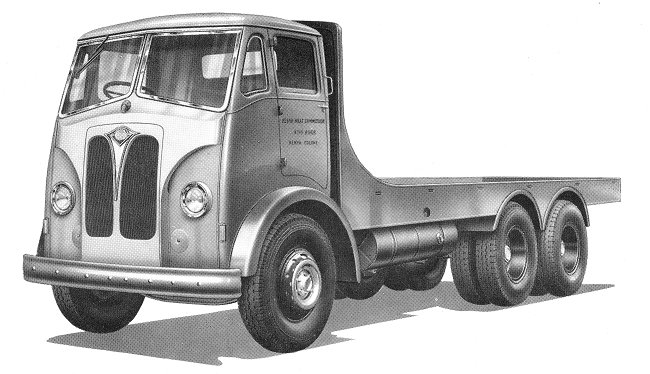
An 'Invincible' 6-wheeler.
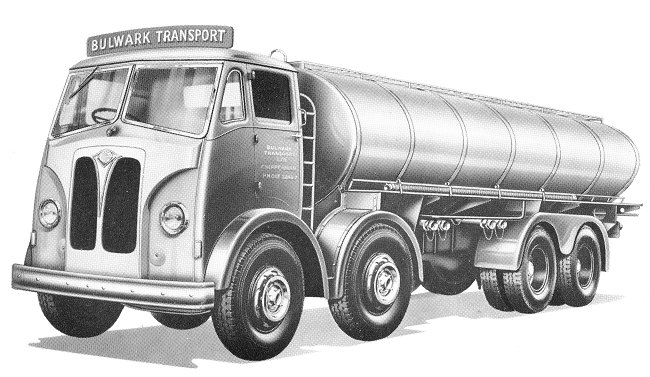
An 'Invincible' 8-wheel tanker.

An 'Invincible' 4-wheeler.
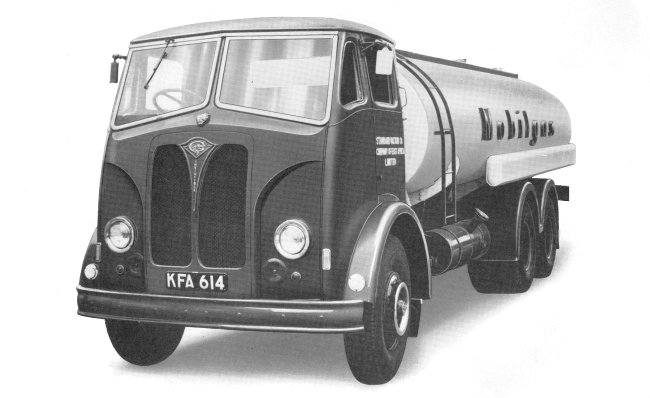
An 'Invincible' 6-wheel tanker. Courtesy of
Brian Shaw.
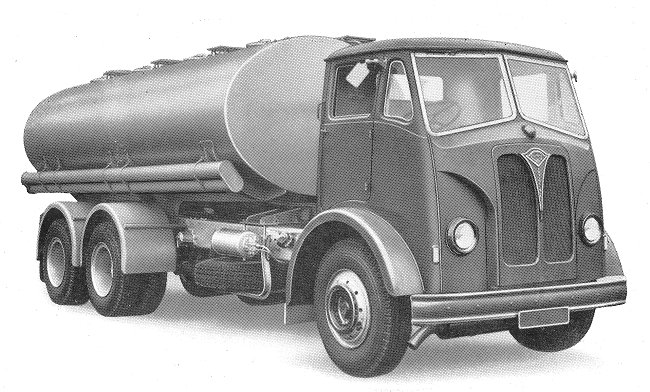
Another 'Invincible' 6-wheel tanker. Courtesy
of Brian Shaw.
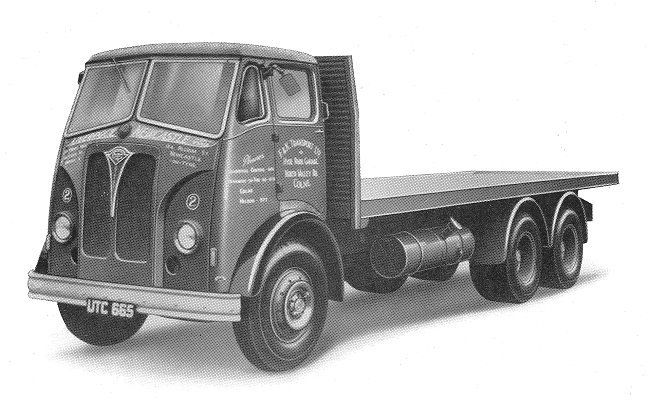
An 'Invincible' 6-wheel lorry. Courtesy of
Brian Shaw.
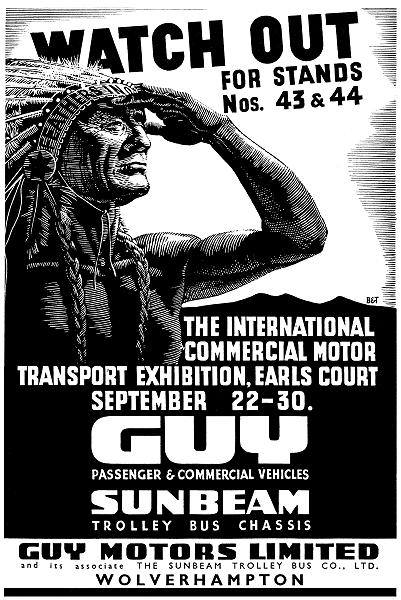 |
An advert from 'British Automobiles
overseas', September, 1950.
Courtesy of Brendan Kinsella. |
| An advert from 'British Automobiles
overseas', March-April, 1950.
Courtesy of Brendan Kinsella.
|
 |
| In 1955 Guy began to produce fibreglass
cabs, which were 6 inches wider, and far lighter, so that
vehicles fitted with them could carry a heavier payload. In the
same year Guy Motors made what would eventually turn out to be a
fatal mistake, the opening of subsidiaries in Cape Town, Durban,
and Johannesburg. The company’s vehicles sold in large numbers
in South Africa, a country which was greatly liked by Sydney Guy
after he spent some time there recovering from pneumonia. Until
then South African sales had been efficiently handled by a
number of agents appointed by the company, but that all changed
when Guy Motors sold directly to local vehicle operators. The Mk III 'Otter', an updated version of
the Mk II was launched in 1957. New features included a
fibreglass grille over a block-type radiator, and a 5 speed
David Brown gearbox. |
|
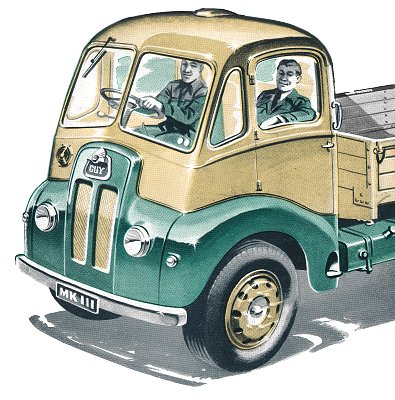
An 'Otter' Mk III cab. Courtesy of Brian
Shaw. |
It was the end of an era. Sydney Guy, the
astute businessman and engineer, who founded the company,
retired in 1957 at the age of 72. It was due to his enthusiasm,
drive, and hard work, that Guy Motors survived the hard times,
and went on to become one of the country's leading manufacturers
of commercial vehicles. Due to the world-wide demand for vehicles
in the late 1950s, around 60% of production went abroad. This
was made possible in no small part, thanks to the efforts of
Sydney Guy’s brother, Ewart, the company’s sales director.
At
this time the company decided to rationalise the model range.
There had been too many models, using too wide a range of
components. As a result the successful 'Invincible II', and the
'Warrior II' were introduced at the 1958 Commercial Motor Show. |
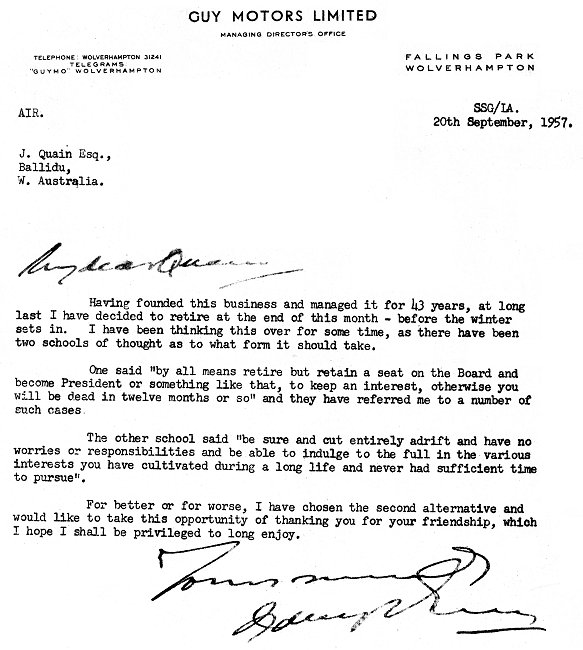
A letter from Sydney Guy, to a Guy owner
in Australia, just before he retired. Courtesy of Brendan
Kinsella. |
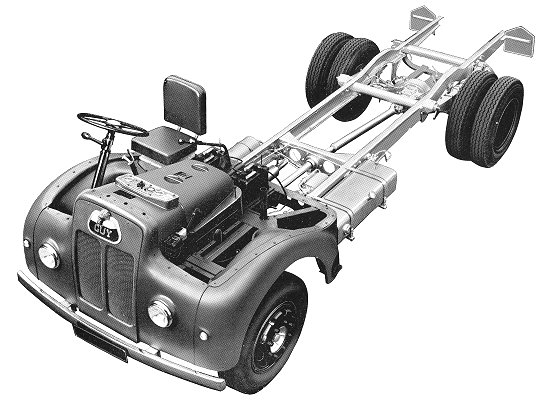
The 'Otter' Mk III chassis. Courtesy of Brian Shaw.

Three 'Otter' Mk IIIs used by local paint and ink
manufacturer, Mander Brothers. Courtesy of Brian Shaw.
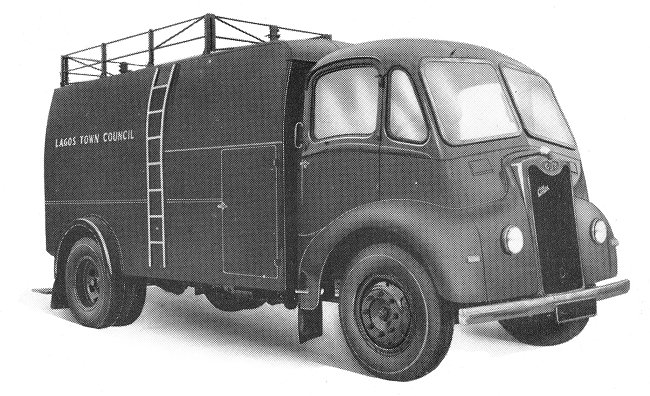
An 'Otter' 6 ton refuse carrier used in Nigeria.
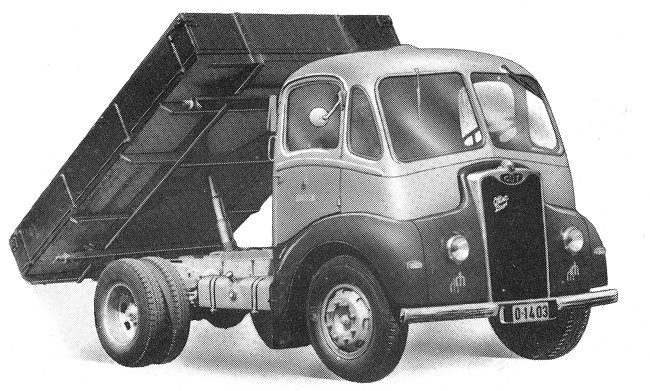
An 'Otter' tipper used in Norway.
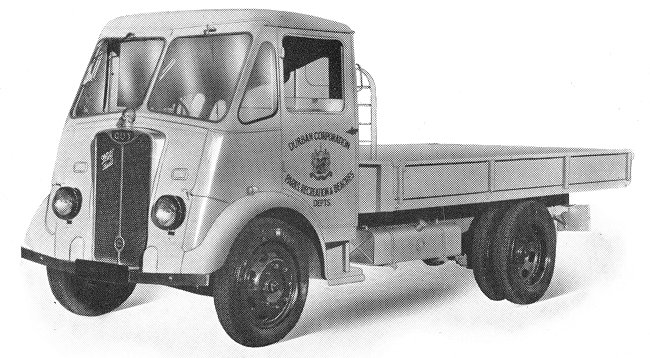
A 'Wolf' 2 to 3 tonner used in South Africa.
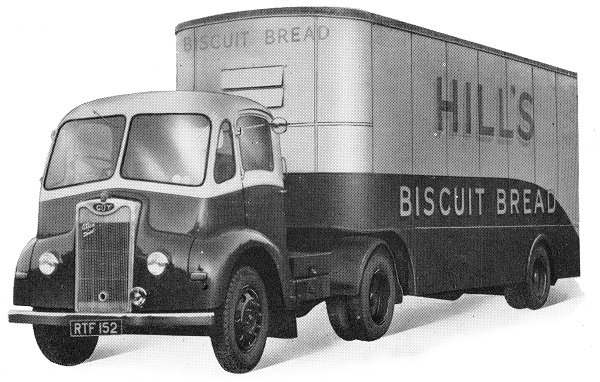
An 'Otter' 8 to 10 ton tractor unit and trailer.
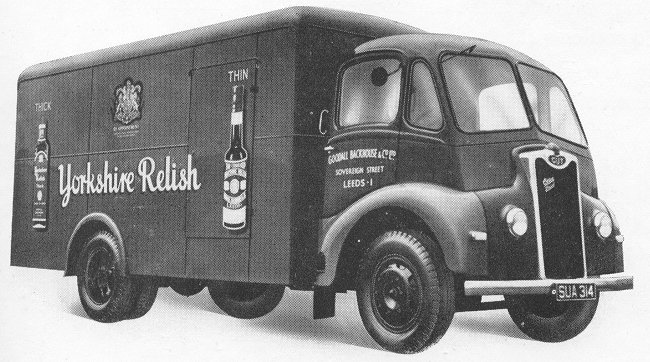
An 'Otter' 6 tonner.
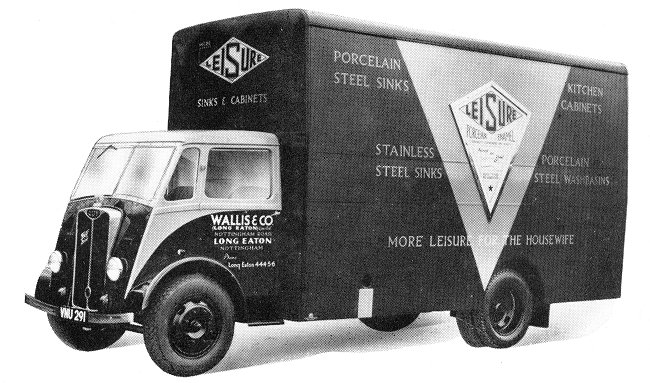
A 'Wolf' diesel 2 to 3 tonner.
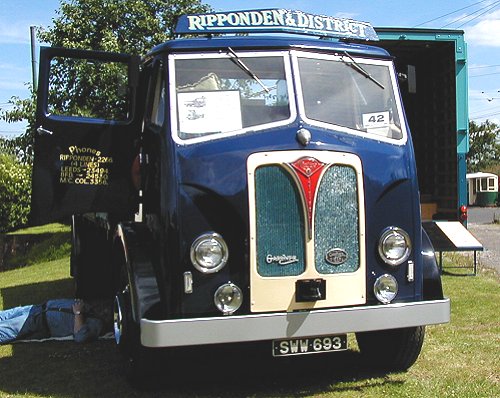
George Wood's Guy 'Invincible' from 1956. As seen at
the Black Country Vehicle Rally in 2002, at the Black Country Living Museum. |
 |
|
 |
|
 |
Return to
World War 2 |
|
Return
to the
beginning |
|
Proceed to
The Final Chapter |
|